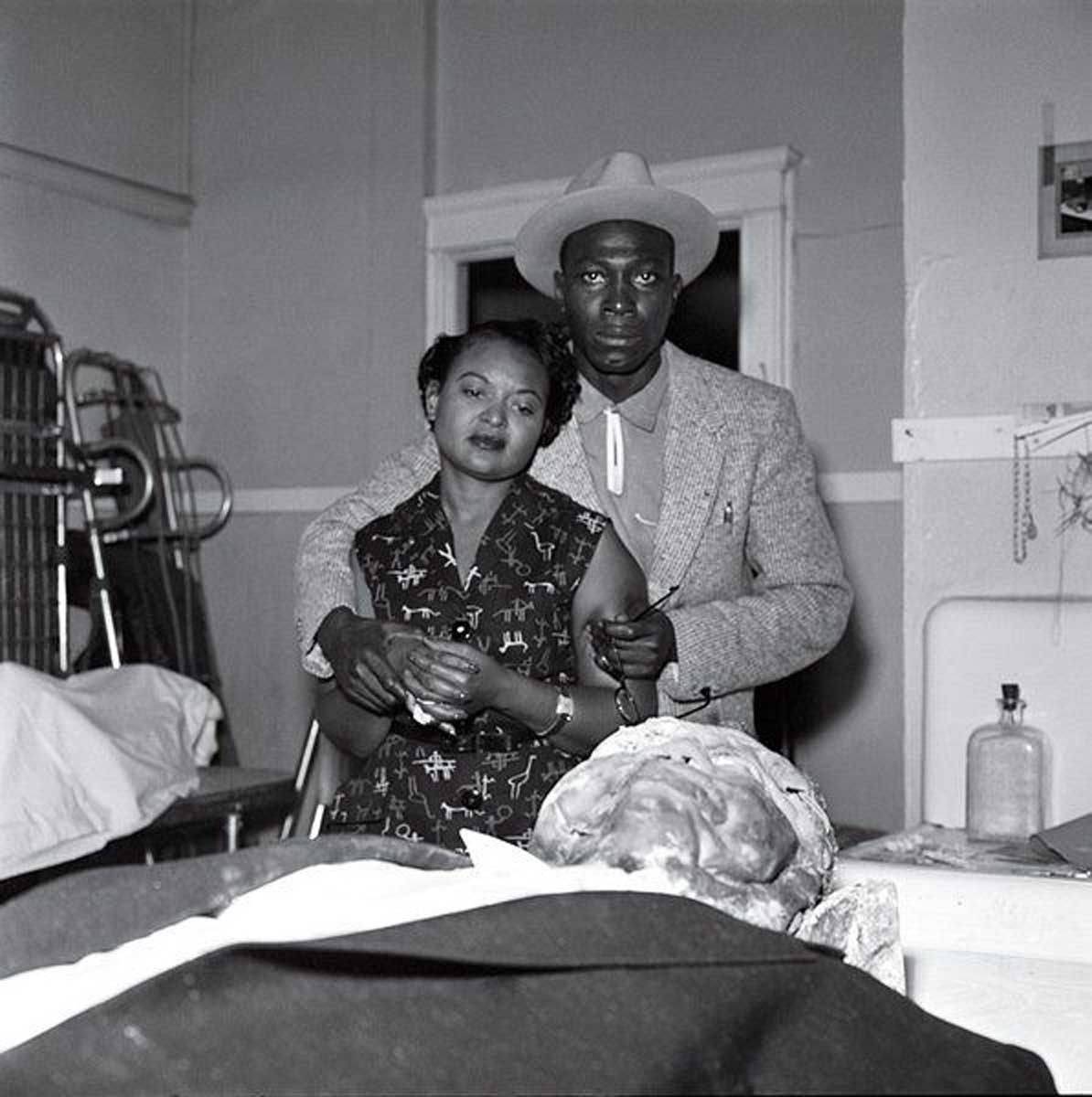The mixed blessing of food-service gloves
Published 8:39 pm Friday, August 1, 2014

- Gloved hands can contribute as much, if not more, bacteria to foods than bare hands.
A food preparation worker washes her hands and puts on gloves. She needs to make chicken salad. She starts by seasoning the poultry pieces, rubbing them with salt, pepper and herbs, and then spreads them out in a pan for steaming. Wearing the same pair of gloves, she dices celery and onions. She makes the dressing. Finally, she cuts up the cooked chicken, mixes the salad and packs it away, ready to sell.
A line cook with gloves on his freshly washed hands gets an order for a hamburger, grabs the raw patty from the refrigerator and slaps it on the grill. Once the burger is cooked, he picks up a bun and plates up the burger with lettuce, tomato and fries — all without pulling on a new pair.
In my more than 35 years in the food business as a chef and consultant, I have seen a lot of scary things. And those common scenes are among them.
I’ve been in and out of the kitchens in hotels and independent restaurants, of caterers and commissaries. These days, food handlers are expected to wear gloves, especially when they’re working in public view. However, those gloves are good only if the hands they are covering are clean. To my mind, gloves are problematic; people equate them with food safety.
According to a 2007 study in the Journal of Food Protection, “Hand washing and glove use were also related to each other — hand washing was less likely to occur with activities in which gloves were worn.” A 2010 study in the same journal concludes, “Glove use can create a false sense of security, resulting in more high-risk behaviors that can lead to cross-contamination when employees are not adequately trained.” Also in the report: “Occlusion of the skin during long-term glove use in food operations creates the warm, moist conditions necessary for microbial proliferation and can increase pathogen transfer onto foods through leaks or exposed skin or during glove removal.” In other words, just wearing gloves can create dangerous conditions.
With the use of food-safe gloves of various materials, we have created a new set of problems as well: the huge waste of resources in producing and disposing of billions of pairs every year. It’s money that could be spent on kitchen improvements such as providing automatic or foot pedal-operated hand sinks and enough time for workers to wash their hands a reasonable number of times per day. People may be allergic to gloves, especially those made from latex, while potentially carcinogenic and toxic materials are used in making certain types of gloves.
Although there are some very good arguments to be made for wearing gloves in certain circumstances, such as when mixing a batch of meatballs and when workers have a wound on their hands, we should re-evaluate the automatic and ubiquitous usage.
“People put those darn gloves on and they think they’re protected,” says Denise Korniewicz, dean of the college of nursing at the University of North Dakota and an expert on the efficacy of gloves. “The best way to prevent the transmission of bacteria, virus or other bug is to wash hands thoroughly, adhering to the protocols that we know work. When evaluating food safety, it’s not the gloves I observe; rather it’s what workers are doing with their hands, like using the phone or wiping their nose.”
Studies done in the United Kingdom and published in 2010 concluded that gloved hands can contribute as much, if not more, bacteria to foods than bare hands. That same year, an American study in a fast-food restaurant found more than twice as much coliform bacteria in tortilla samples handled by gloved workers compared with bare hands.
“We may need to make sure workers wash by putting cameras in the sink area of restrooms,” Korniewicz says. “All too often, they haven’t been provided with convenient, clean hand sinks with plenty of soap and paper towels. If enough time and proper materials for washing were provided, we could all have more confidence in the safety of prepared food, reducing our dependence on gloves.”
In 2006 and 2007, the Centers for Disease Control randomly selected 321 restaurants across the country to monitor workers’ hygiene. The findings: Workers washed their hands appropriately in only 27 percent of activities in which hand-washing was recommended, about nine activities an hour, and that “attempted and appropriate hand-washing rates were significantly lower when gloves were worn than when gloves were not worn.”
Pitfalls and potential for failure notwithstanding, many chefs opt for gloves.
“We use gloves quite a bit in the kitchen,” says Ruth Lefkowitz, owner of Ruthy’s Real Meals in Sonoma, Calif. “My assistant uses them when handling raw meats and when packing up the meals we deliver. I like donning gloves at events. It makes it easier to keep your hands clean.”
Jared Johnson, executive chef for the Heathland Hospitality Group in Philadelphia, told me “the average person is more aware of cross-contamination and food-borne illnesses than 10 years ago. If my crew wears gloves while serving, it puts the customer at ease and we can focus on the food and service. However, I’m not a fan of wearing gloves while chopping, because glove pieces could end up in the food.”
Wearing gloves is meant to protect the consumer from dangerous diseases that can be transmitted mostly through ready-to-eat foods. Culprits include the viruses hepatitis A and the highly contagious norovirus, responsible for about 50 percent of all outbreaks of food-related illness and transmitted through foods such as leafy greens, fresh fruits and shellfish. Bacteria that cause serious food-borne illnesses include E. coli, found in cattle and in infected humans; salmonella typhi, which lives only in humans; shigella, which is transmitted mostly through eating or drinking contaminated food or water; and listeria, which is found in unpasteurized dairy products and ready-to-eat foods such as deli meats and soft cheeses.
There is a part of the industry where gloves have become a boon. Because sushi chefs are cutting and serving the flesh of uncooked fish and seafood, it’s important they take special precautions. Hiroyuki “Zama” Tanaka, owner of Zama Sushi in Philadelphia, says “using gloves is a big revolution for the sushi industry as it goes against tradition. It took a few months to get comfortable working with gloves on, but I’ve been working with them now for 12 years. It’s easier to train someone, because the special Japanese sushi gloves I use — Emboss Five-Finger Squeeze Gloves — have a textured surface that actually makes it easier to work with sushi rice and raw fish.
“Many of my customers have allergies, especially to shellfish,” he adds. “We can be working with shrimp, and if a customer tells us they have an allergy, we can all change our gloves. And, because the flavors and marinades don’t transfer, the taste is purer.”
Until the HIV epidemic in the ’80s, there were only a few glove types available; today, there are more than 200. But finding an acceptable material is challenging. Latex gloves offer good dexterity, a snug fit and good tactile sensitivity and can withstand high heat. But due to sometimes severe allergic reactions to latex (a product of the rubber tree mostly from Malaysia), Oregon, Massachusetts and Rhode Island have banned latex gloves in food service. Nitrile gloves are durable and provide good dexterity at moderate cost but commonly contain Bis(2-ethylhexyl) phalate, or DEHP, added to make gloves more flexible. DEHP is a potential carcinogen and reproductive toxin banned in Japan and the European Union in food service gloves.
Something else to worry about.
Thin, one-size-fits-all polyethylene gloves are the least expensive, but they tend to tear easily and can’t be used around high heat. Vinyl (polyvinyl chloride, or PVC) gloves can fit snugly but because they may begin leaking as soon as they are donned, they have been described in Food Safety Magazine as “infection control nightmares.”
To improve food safety in real-life conditions, the CDC recommends revising food preparation methods to reduce the number of handwashings needed, for example by descreasing the number of times a worker has to handle raw meat when making a sandwich.
On a recent trip to Puglia, Italy, I visited two fresh mozzarella producers with stainless-steel and tile facilities that are certified under internationally recognized food safety protocols.
I went to a buffalo-milk mozzarella maker in Campania on an earlier trip. Though workers in all three places practice food safety and keep impeccably clean conditions, not one of the cheesemakers wore gloves.
“Unlike in Europe, where workers take pride in what is often a life-long profession, our culture emphasizes waste,” says Barry Michaels, the food safety consultant. “The highly competitive U.S. food service world is often a race to the bottom . . . employing workers — often kids — making minimum wage, wearing millions of pairs of gloves each year to prepare what isn’t even real food. In other words, the gloves are there to try to protect us from ourselves.”
In the end, no one thing keeps our food safe, though regular and thorough washing of hands and judicious use of gloves definitely reduces risk.
Australian food safety experts say it best: “A clean hand is better than a dirty glove.”
— — —
Philadelphia chef-consultant Aliza Green’s most recent book is “The Butcher’s Apprentice: The Expert’s Guide to Selecting, Preparing, and Cooking a World of Meat” (Quarry, 2012).





